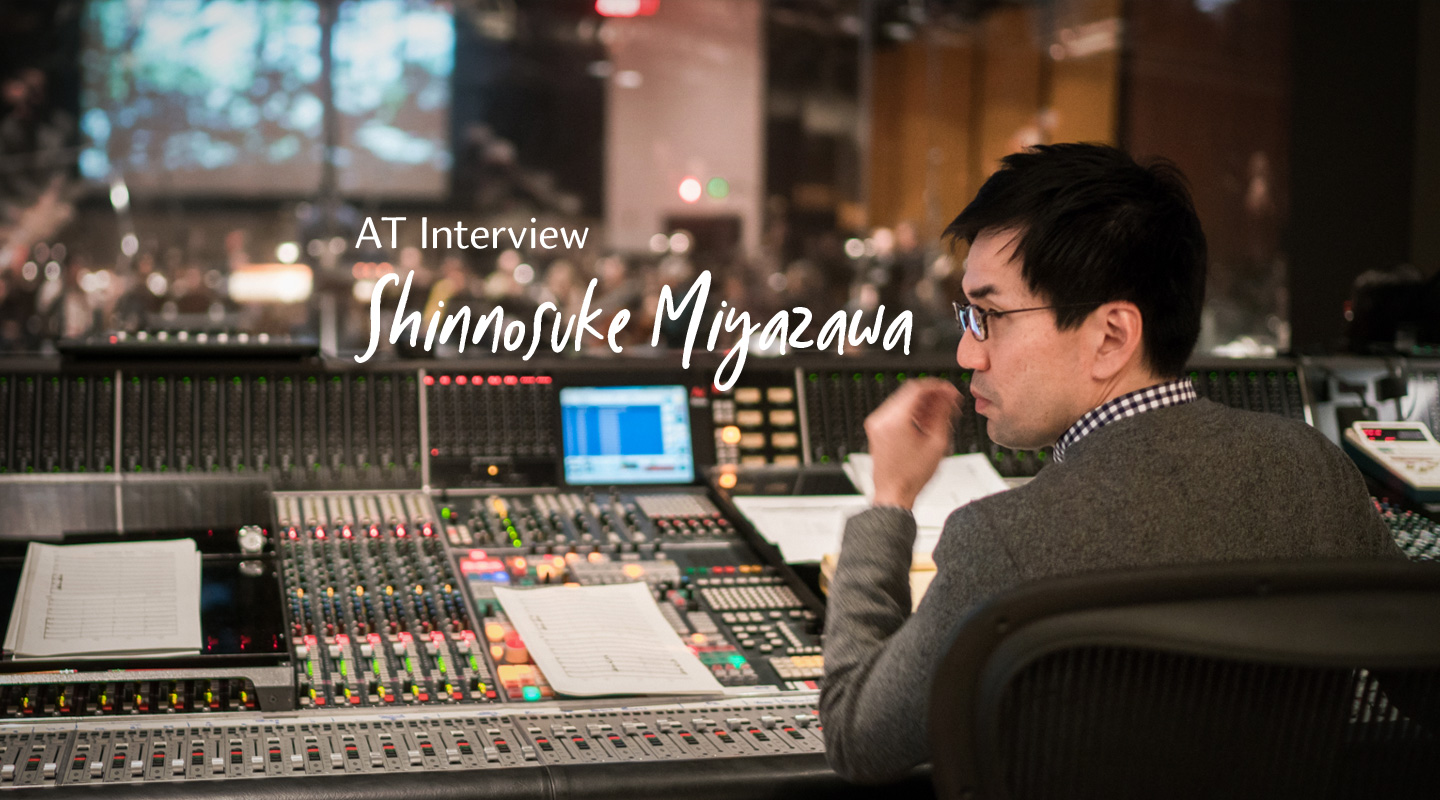
AT Interview: Shinnosuke Miyazawa
The film score music editor chats about how he got started, and how he ended up working with Thomas Newman.
Starting his career as a trombone player in England, Shinnosuke Miyazawa now mixes music scores for big budget Hollywood movies thanks to his long-standing creative partnership with composer Thomas Newman. In the wake of the release of their latest movie A Man Called Otto, Greg Walker had a chat to Shinnosuke about his background and work with Newman, as well as their adaptation to a post-pandemic industry.
Greg Walker: What was your path into audio engineering and how did you come to be mixing audio for film?
Shinnosuke Miyazawa: My background is jazz and classical. I was educated in the UK in a boarding school where I played trombone in a classical orchestra, so I read scores and speak that classical language. When I graduated I was going to go to a music school in the UK, but unfortunately I had some medical issues so I had to stop playing trombone for two years and went back to Japan. I was also a bit fed up with trombone and I wanted to do something different.
Back in Japan I worked in a music production company and began studying saxophone at the same time. When I was about 23 I had the opportunity to take a scholarship audition for the Berklee College of Music in Boston as a saxophone player. I did well in the audition and got offered a place. I figured this was my last opportunity to pursue my music career so I went there as a saxophone player. I also had some knowledge of music production and engineering from the production company work. In my classes at Berklee my peers were people like Hiromi Uehara, a genius jazz player and Christian Scott, a trumpet player who’s now a multiple Grammy nominee. So it was all geniuses!
I played and practiced seven or eight hours a day but, you know, there was no way I could compete. So I had to stop and think about what I was going to do. Should I play the saxophone, which is fun, or should I pursue a music production and engineering path? I decided to put down my saxophone and studied music production.
I did a lot of sessions in Berklee. I did classical and jazz recording and some film score recording too. When I graduated I started applying for work to studios in New York, and of course I got no reply. I asked my teacher, ‘What do I do?’ My teacher said, ‘Well, why don’t you try Los Angeles?’ I thought, all right, I’ll give it a try. He introduced me to a legendary studio called The Village in LA. They did rock ‘n roll, pop, R&B and quite a lot of film work too.
So I went there and I was kind of surprised how much I liked L.A. It was sunny, there was a big ocean, sand and sky. I went to the interview at The Village and they liked me. They said, ‘If you ever move here, just let us know.’ They never promised anything though. So three weeks later I moved from Boston to Los Angeles and I contacted The Village and I heard nothing — for three months!
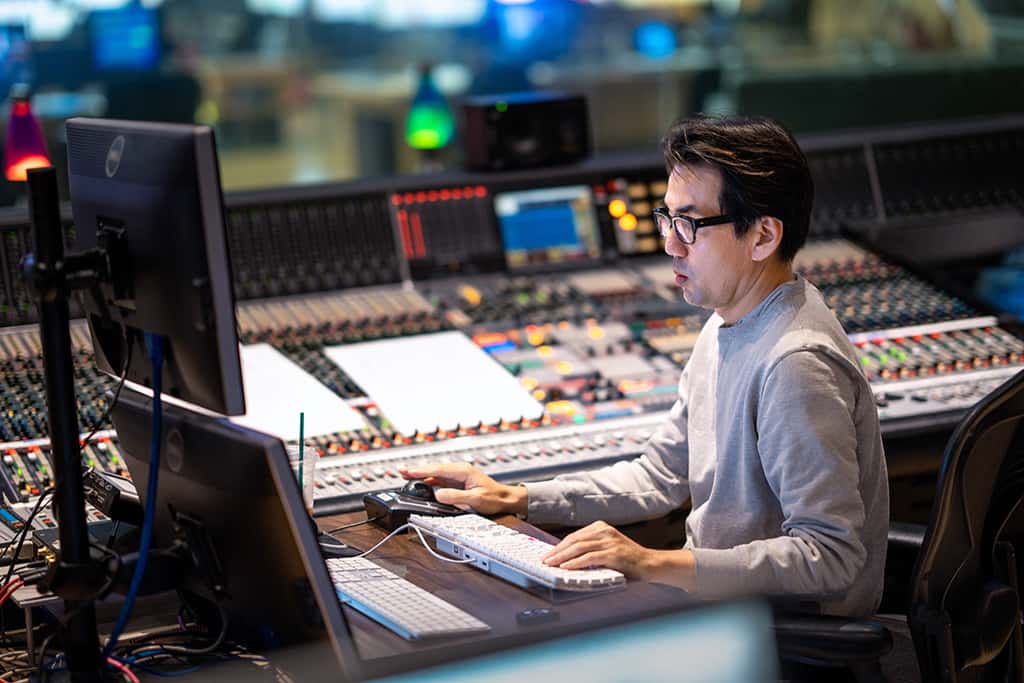
GW: Oh, that must have been tough.
SM: Yeah. So I went around to all the other studios in LA with my resume. I knocked on every door in person. Everywhere. Conway, Paramount, Capital, the Record Plant, and I didn’t hear back from any of them. Three months later I got an email from The Village saying ‘Hey, come and work with us.’
So I went there and started as a coffee boy. I did that for maybe eighteen months, and six months in I was assigned to a mixing session with the legendary mixer Ed Cheney. Then I started doing more sessions with musicians. There were full rock band and vocal sessions. At that time there were a lot of film composers mixing at The Village because they had the Neve 88R console which has a great master panel for mixing in 5.1. It’s a sweet sounding console, especially for strings and acoustic instruments.
I was assigned to these mixing sessions, and because I spoke the ‘classical’ language and the ‘jazz’ language — which many of these composers speak — I was able to communicate well with them and they started requesting me. That’s how I met the composer Thomas Newman, and how I worked with him on the movie Wall-E. This was in 2006, and at that time I was actually the main engineer’s assistant’s assistant.
GW: Right. So what were those sessions like?
SM: Back then Thomas Newman sessions were very big. A lot of TV monitors for the bar count; lots of musicians; lots of takes. Nowadays we do all this at Thomas’ private studio but back then, at The Village, he would sometimes camp out for a week or so and do these ‘idea sessions’. Maybe four or five musicians in the studio, and we’d do a lot of taiko drums, percussion and electric guitars. He’d say, ‘Hey, this is what I have. Could you just give me an interesting sound? Or how about this kind of sound here, this kind of rhythm here? Try playing that shaker here’. When we do a movie we do a lot of that —throwing a lot of stuff at the wall and seeing what sticks.
GW: That sounds like a really fun process.

SM: Yeah it’s fun, though sometimes it’s an engineering nightmare because it’s a combination of tracks, then muting things and then rerecording again. We have to keep track of what we’re recording. Sometimes it’s quite crazy.
GW: So how did you progress from assistant’s assistant to being Thomas’ main engineer, mixer, and collaborator?
SM: During my assistant era from 2007 till around 2012 I was more in the background: patching things; watching to make sure everything was okay; setting up the console; and making sure Tom and the mixer were comfortable. Then around 2012 Tom asked me if I wanted to work with him more closely as a recording engineer and a creative partner.
At that time he didn’t like his writing set-up and he was getting ready to build his own studio. So somehow he asked me, ‘Hey, I don’t like my writing set up do you want to design my studio?’ So I ended up designing his studio and spending a lot of his money! That’s the studio we still use today. So that was the start of a very close relationship with Tom.
I’m still in charge of mixing, and also sometimes in the recording stage to make sure everything sounds right. I make sure all the recordings are translating his ideas. Because you’re recording so much material, it does get quite uncomfortable if the progress mixes aren’t done right. That’s a very important part of the process.
GW: Because you’re building a lot of layers?
SM: A lot of layers, and then subtracting layers, and adding layers again — trying different layers in the same foundation. Yep. His working method is very flexible and fluid which sometimes makes it difficult to keep up as an engineer because he’s always trying to be loose. He’ll want to go left, and you go left and you make it sound really nice. He’ll say, ‘Okay, this is great.’ And then he decides, ‘Oh, just go right.’ I just went left for three hours and now you want to go right? But that’s all part of how he works. He’ll let it sit for a few hours, or maybe even a few days. He doesn’t compromise when he wants to experiment. He definitely tries until the end to go in different directions. The production process is the repetition of that process, over and over until mixing.
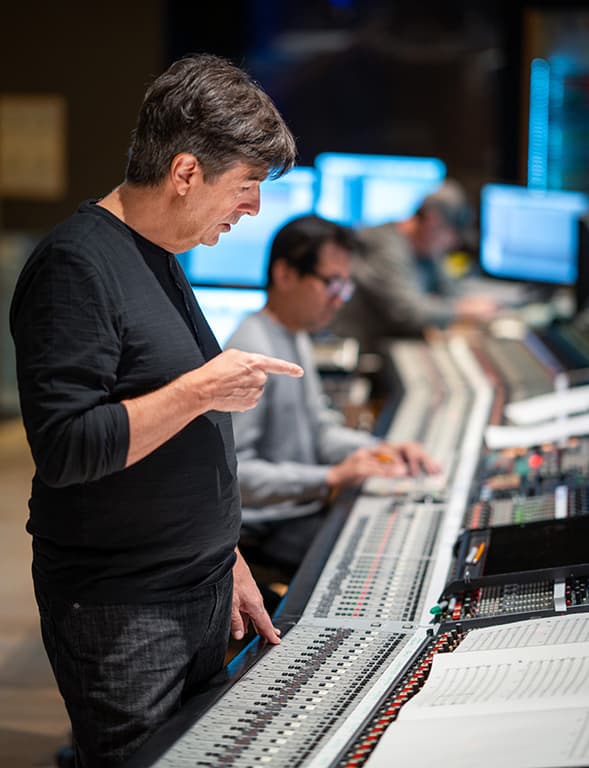
GW: With A Man Called Otto, were there pre-production discussions about the the style of the music, and the style of the mixing for this particular film?
SM: The director Marc Foster and the editor Matt Chesse are very collaborative people. They’re very relaxed and I don’t think there was a particular style discussed, but I think Tom wrote a few demo cues. Mark really liked one cue, a pizzicato string thing. It’s a little bit light and comedic. That pizzicato sound ended up being one of the main drivers of the music in this movie.
The challenge we had was that although the message is still serious with this guy — who just lost his wife six months ago trying to commit suicide over and over — we still wanted to create a slightly lighter feeling. He’s a very repetitive, rigid, kind of systematic guy. I think that the patterning and phrasing in the music helps describe him, while also being a little bit light.
GW: Let’s talk about the attempted suicide scene with the shotgun. That must have been a challenging cue to mix as there’s quite a lot going on there.
SM: That cue started with this very chaotic loop which was created by a great musician called Steve Tavaglione. He played flute and saxophone for George Duke, George Benson and Prince… all the legends. He creates special sounds for Tom. He made this really interesting, confusing loop that kind of goes inside Otto’s brain.
He’s very confused by his situation, going back and forth between the present and an old memory with his wife at Niagara Falls. So I tried to keep everything narrow with the image down the middle. I didn’t expand it too much, so everything is focussed on him. When the scene hits Niagara Falls with his wife we see this huge open scenery, and from that point I really opened up my image to all the surround speakers. I used a lot of delays to create this kind of wave in the stereo image. I created a delayed reverb so the sound sweeps over the audience. When the wife is there I wanted to surround the audience with the strings and other orchestration.
GW: The score in general has a lovely warmth to it. How do you make sure that comes across in the mixing stage?
SM: Tom Newman generally uses very lush orchestration. I try to enhanced it by having a big, rich, low end. At the same time you want to hear the top end detail, but if you boost the highs too much, and get a lot of brightness, the music will conflict with the dialogue. When that happens it’s a natural response for the dubbing mixer to turn the music down so you have to be careful with the top end.
When I mix the score I always keep that in mind. I don’t lose too much of the high end, but I have to make it right. The high end of the strings and the low end of the strings are very important.
GW: This dual role that you have in A Man Called Otto — of editing the music and also mixing the score… Is that something you’ve done before?
SM: It was kind of an accident. I never thought I would be a music editor to be honest. I always had an interest in it, but the pandemic changed everything. When the lockdowns hit, because of the new limitations we really had to find new ways of working. After we did 1917 we were already experiencing a lot of changes in our production process, and then the pandemic started. Tom said ‘Why don’t you music edit too? I think you know my style and my intentions well enough to represent my music in the dubbing stage’. So we tried it and we got a great outcome.
Since then I’ve been doing both. It’s sometimes tough, physically, but it’s good because you have more control, and it actually makes both roles easier in a way. When a new project starts, I’m in every single meeting with the director and Tom. So I totally understand what Tom’s intention is. At the same time I understand what the director’s intention is, so I can mix with both perspectives in mind — which I think is a huge advantage for me. When I go to the dubbing stage, I know every single element of the music. And I know exactly how Tom wants to hear the music on screen — which is sometimes different at the dubbing stage, with the sound effects and the dialogue being refined.
My role there is to make sure Thomas’ intentions always translate. Because I’ve done the mixing it makes it easier to sonically understand what’s going on with the music. I can say ‘Hey, could you bring down the shaker a little bit because I mixed it too high.’ Or ‘I think we need to boost the low end a little bit here.’ So in that way, yes, it’s a great advantage.
GW: What about the songs in the movie? Are you doing the editing on them as well?
SM: We do, yeah. Sometimes I get an assistant to do that because usually picture editors do the initial edits on the songs. Sometimes they’re a little bit sloppy and not on tempo. A lot of times I don’t have access to the stems, just the stereo tracks. I don’t generally touch the end title song, but yeah… if we need to edit, we can edit.
I used a lot of delays to create this kind of wave in the stereo image. I created a delayed reverb so the sound sweeps over the audience.

GW: What is your mixing set up in terms of equipment?
SM: Since the pandemic we use the ATCs. Tom has the larger ATC 100s in his studio, and I have a smaller room so I have the ATC 50s, with a subwoofer for bass extension, and PMCs at the back. I have a Pro Tools HD3 system with an Apple Mac Studio Ultra, which I just bought and really love. Thomas and I are networked via via Source-Connect. He can listen to my mixes at his studio and do approvals that way. It’s amazing.
That’s another outcome of the pandemic. Before, at a studio like The Village, Tom would have to come down there and spend half a day waiting for the mixes to come up. To check everything he’d have to commute, which is a nightmare in Los Angeles. Now I’ll do a one and a half hour mix session and he’ll be playing with his dog or doing some composition work at his home studio. I’ll text him, ‘Hey, I’m ready for you.’ Then we’ll go over it.
We’ll spend an hour or two on it and then I’ll go away and prep the next cue. The time he spends now is very efficient and he doesn’t need to travel all over town. I’m here almost every day of my life so I know exactly how it sounds in this room, and I know exactly how my mixes will translate in the dubbing stage because I’ve already done six movies like this.
GW: Coming from a jazz and classical background you no doubt bring a little bit of that aesthetic to your production work. It’s obviously a great fit with Tom’s compositions.
SM: I think we somehow share the same values in music. There’s a common link there which is the reason he trusts my sensibility. It’s been a wonderful journey. I never expected to have such a deep relationship with Tom, so it’s been great.


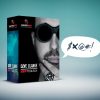








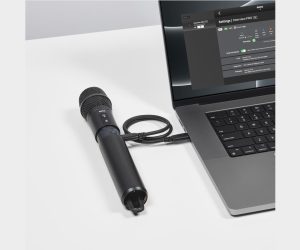

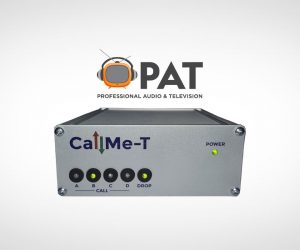



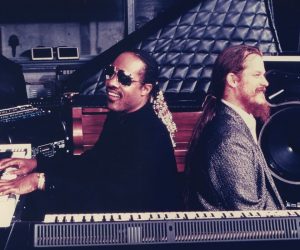


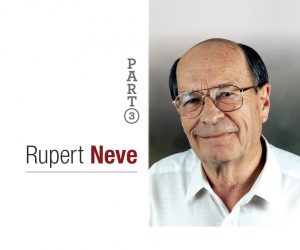




RESPONSES